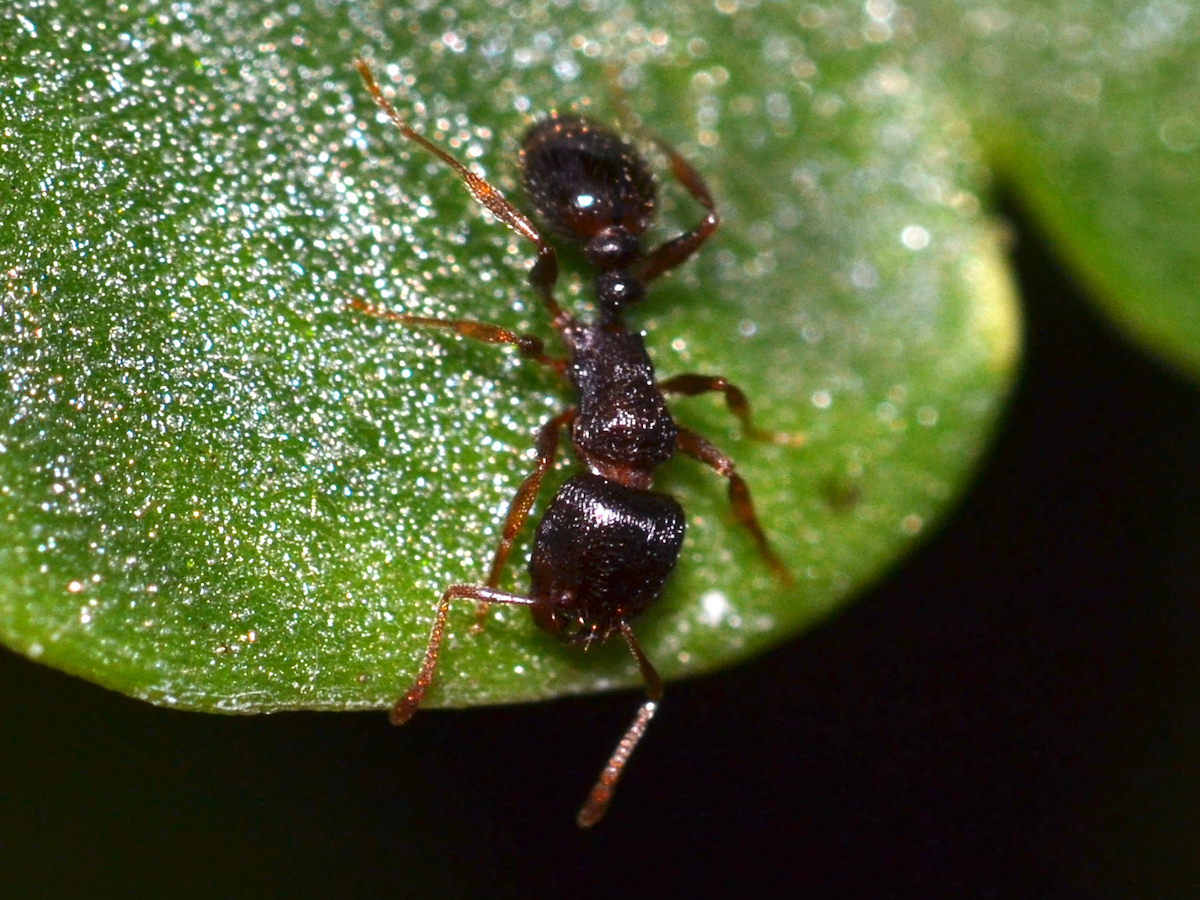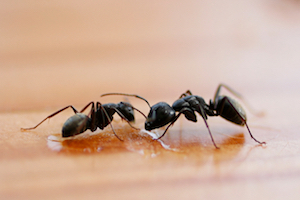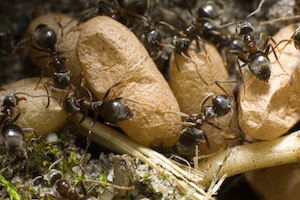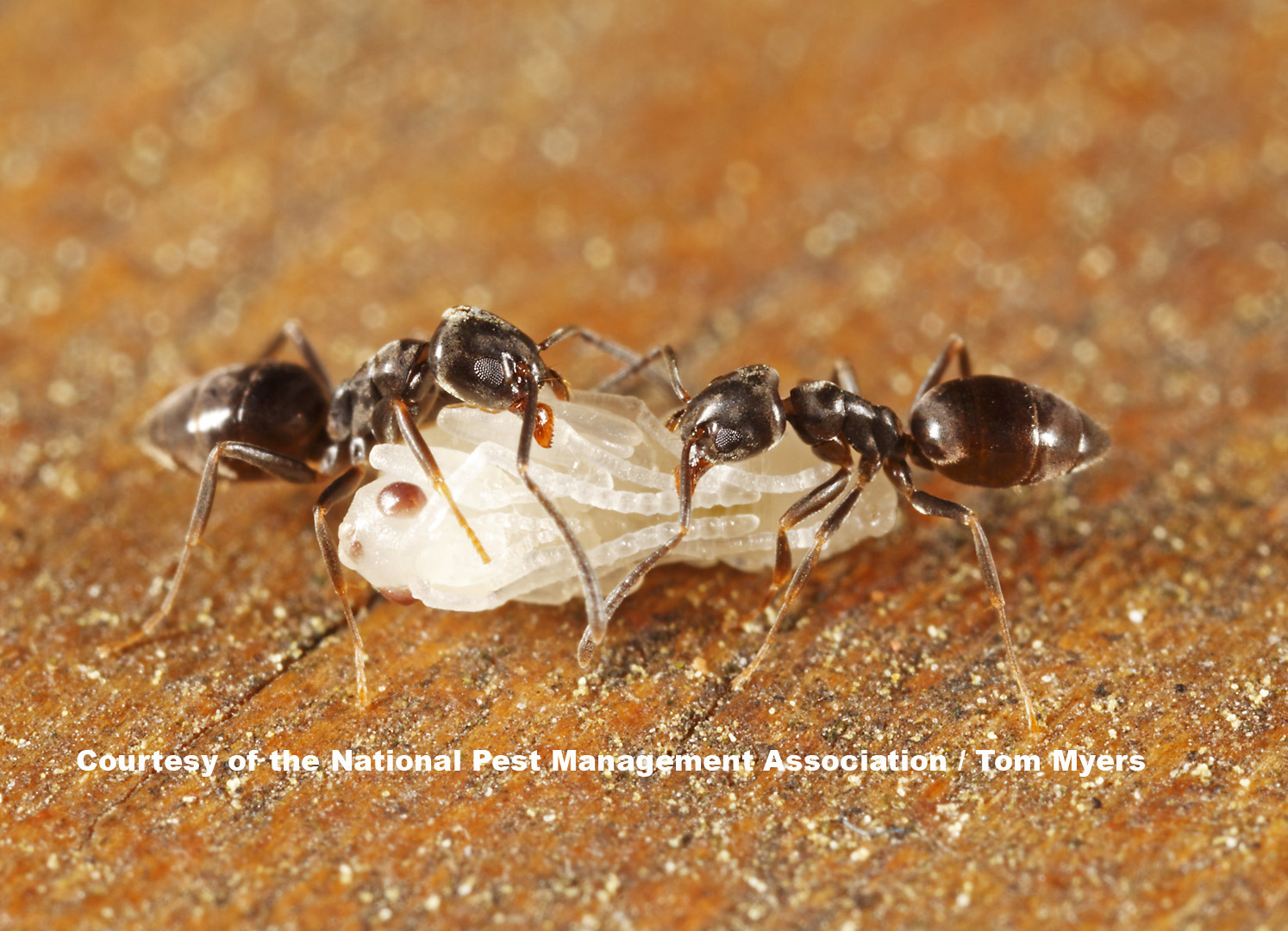Pavement Ants Tetramorium caespitum

Color: Dark brown to blackish
Size: 1/8"
Legs: 6
Antennae: Yes
Shape: Segmented; oval
Region: Found throughout U.S.
What is a pavement ant?
Pavement ants get their name because they make nests in or under cracks in pavement. These dark brown to black ants can also infest structures.
Pests, such as pavement ants, are attracted to moisture. To prevent black pavement ants, eliminate standing water around the home. Keep tree branches and other plants cut back from the house. Sometimes pavement ants use these branches to get into your home. Make sure that there are no cracks or little openings around your house. Ensure firewood and building materials are not stored next to your home because pavement ants like to build nests in stacks of wood. Indoors, clean up spills and crumbs on counter tops and kitchen floors.
These black ants will eat almost anything. Pavement ants have been known to consume insects, seeds, honeydew, honey, bread, meats, nuts and cheese. They forage in trails for distances of up to 30 feet and are known to climb masonry walls that enter into occupied areas.
In buildings, pavement ants are most likely to be found in ground-level masonry walls, but they also nest in walls, insulation and under floors. Outside, these black ants typically nest under stones, pavement cracks and next to buildings.
These black pavement ants do not pose a public health risk, but they can contaminate food and should be avoided. If you notice pavement ants in your property, contact an ant pest control specialist.
If you're interested in learning more about pavement ants, including prevention information and facts, contact a pest control expert.
If you suspect a pavement ant infestation in your home, the best course of action is to contact a licensed pest control professional. They will conduct a thorough inspection to identify the full extent of the problem. Once the situation is properly identified, the appropriate control measures can be taken.
You can find a certified pest professional near you with the helpful zip code search below.




